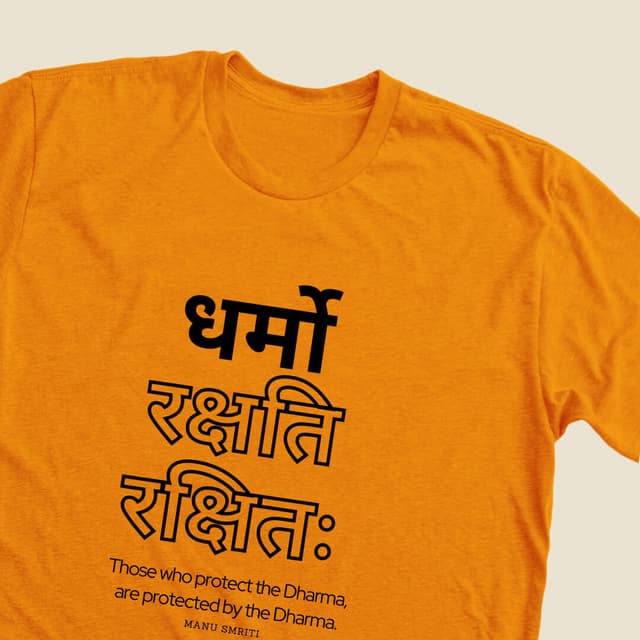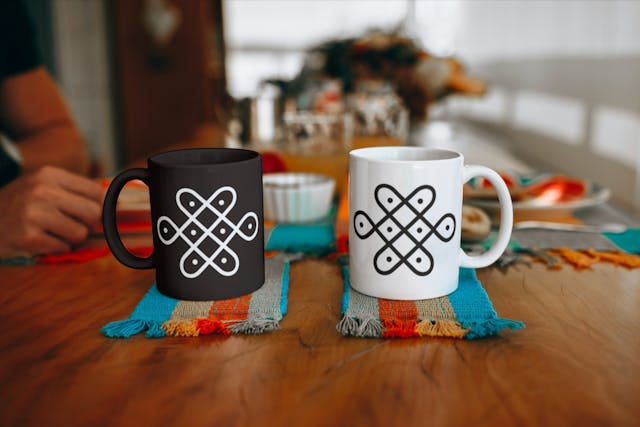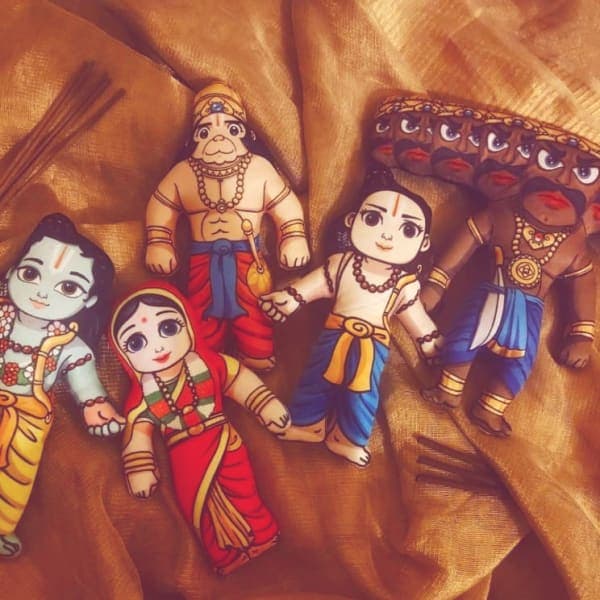Brahma Karmali Mandir
Brama, Goa
According to legend , Brahma , the founder of the hindu holy trinity, was to have just one temple at pushkar , Rajasthan . However , many people are unaware of another Brahma temple , which is located in the isolated village of Nagargao near Valpoi Goa .
Timing of Temple
| Wednesday | 7 am–9 pm |
| Thursday | 7 am–9 pm |
| Friday | 7 am–9 pm |
| Saturday | 7 am–9 pm |
| Sunday | 7 am–9 pm |
| Monday | 7 am–9 pm |
| Tuesday | 7 am–9 pm |
ARCHITECTURE
The Brahma sculpture, which dates from the 12th century, is a later addition to the temple. It is carved from a single black basalt stone and is one of the best examples of Kadamba art that is still in use. On the center face of Lord Brahma, there is a beard. In the Varamudra position, he holds a ladle in his upper right hand, the Vedas in his upper left hand, Kamandal in his lower left hand, and chanting beads (mala) in his lower right hand.
You may be dismayed to discover that when you enter this temple ‘mandap’ (hall), the garbhagriha (sanctum sanctorum) is generally closed, and the inner space is blocked with a square mesh metal screen. However, the magnificent standing symbol of Lord Brahma may still be seen. Every day, the priest is required to do the Puja or rites.
IMPORTANT THINGS TO KNOW
The significance of this temple and Brahma statue stems from the fact that it is the original piece of art carved out of black stone during the Kadamba era. The deity of Lord Brahma, who has a beard, stands in the center of the shrine. Brahma is shown in Trimurti form, which represents the trinity of Brahma, Vishnu, and Mahesh.
It is worth noting that, according to one version of the Puranas (Indian mythical texts), Lord Shiva cursed Brahma “not to accept any devotion,” and there are only two other temples devoted to him in India, apart from Goa – at Pushkar in Rajasthan and Khajuraho in Madhya Pradesh. The worship of Lord Brahma most likely came in the Konkan area of present-day Goa during the 5th century AD and was established under the rule of the early Chalukyas of Badami. The approximately six-foot-tall idol exhibited here may be dated to the 12th century AD based on its iconography.
Carambolim or Karmali is a historic village about 1.5 kilometers from Old Goa; it was known as Ellapuri before the Portuguese arrived. It is currently well-known for housing the Konkan Railway Station. The Sattari village was called after the Tiswadi hamlet for a very reasonable and fascinating reason. Goa saw a violent era of harsh religious persecution by the Dominican Order from 1560 to 1812, with a brief 20-year break, known as “the Goa Inquisition.” During this period, approximately 270 temples were brutally attacked and demolished throughout Goa, with the goal of eradicating the native age-old religious culture and imprinting a new evangelical culture.
There is a widespread misconception that the Portuguese government in Goa has existed since 1510. In actuality, the Portuguese held Tiswadi from November 25, 1510, and took over Salcete and Bardez in 1547 and 1552, respectively. The current Goan boundaries were really established in 1788 when the southern regions were relinquished from the Saundekar King and the northern lands were captured from the Ranes, Marathas, and Bhosle’s of Sawantwadi.
Sattari was solely under Portuguese control from 1773 to 1775. Previously, they were the dreaded Ranes’ domains. The Portuguese army had to reconsider their strategy a hundred times before even considering invading these territories, since they experienced several humiliating retreats against the fast-moving Rane troops. This feature made these areas suitable for creating the numerous deities that had to flee their native origins. Similarly, to avoid religious persecution, this Brahma statue was relocated from Carambolim (Karmali) to Nagargao, Sattari. The settlement was then known as Brahma-Karmali or Brahma-Carambolim. According to legend, the original name of this ward was “Chandivde.”
...




